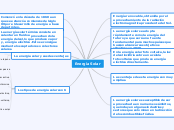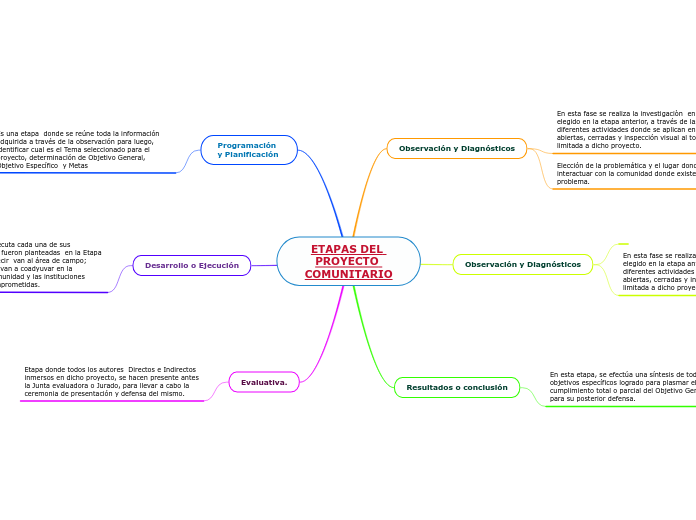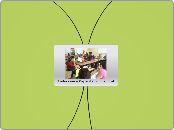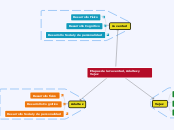MODELOS DE INTERVENCIÓN ORGANIZACIONAL
Enter your organization name
Type in the organization or area that is the subject of this analysis. You might find it helpful to add the date for reference so that you can review changes at a later date.
COACHING
Relación que produce nuevas competencias y permite
alcanzar resultados.
• Modelo de Intervención de gestión humana sobre la base del
autoconocimiento, ayuda y apoyo.
COMPETENCIAS
Comportamientos exitosos puestos en práctica (360º)
Efectividad organizacional. Estrategias de eficacia personal
(compendias blandas.
-Modelo de Intervención basado en activación de capital
humano para altos rendimientos (modelo clave para otros
diseños de gestión).
Add a growth strategy
Review each of the highest-ranked strengths facing your organization'''.
- Are they connected in some way?
- Is the strength helping to take advantage of an opportunity?
- If the strength is not maintained, does this reduce the chances of success with an opportunity?
For example, if your product performs well, and new legislation is going to raise questions about your competitor's products, then you could maximize this situation by prioritizing your own product performance.
Reingeniería de Procesos
Cambios radicales en las organizaciones. Modalidades: Downsizing (decrecimiento),
Upsizing (crecimiento), Rightsizing (adecuación), Benchmarkin
(comparación),y otros.
-Modelo de Intervención (hard- radical). Demolición de
estructuras (corto plazo – causa temor).
Add a consolidation strategy
Review each of the highest-ranked strengths facing your organization, and compare them with each of the highest-ranked threats.
- Are they connected in some way?
- Is a strength helping to protect you from a threat?
- Could the impact of a threat increase if you do not maintain this strength?
For example, if you have recognized specialist knowledge that gives you an advantage, but there is a threat that new technology could decrease your market, then it would make sense to develop the same level of specialist knowledge in new technologies.
KAIZEN
El proceso de producción es de toda la organización; la calidad
la determina el cliente. Crear mentalidad “cero defectos”
Proceso de mejora continua a través de herramientas:
9s, Justo a tiempo, propuestas de mejora.
Modelo de intervención sistémico funcional e incremental
sobre la base de la calidad total (largo plazo). Base: gestión
por valores.
Add a containment strategy
Review each of the highest-ranked weaknesses facing your organization, and compare them with each of the highest-ranked opportunities.
- Are they connected in some way?
- Is the weakness preventing you from taking advantage of an opportunity?
- If the weakness gets worse, does this push the opportunity further away?
For example, if there is unmet demand in the market, but you have old and slow production equipment, then you cannot take advantage of this opportunity. A containment strategy would be to improve capacity with newer equipment.
Modelo de Desarrollo Organizacional
Cambio planeado en las organizaciones de acuerdo a los objetivos de dirección y expectativas de la masa crítica. Instrumento: diagnóstico sistémico.
Add a survival strategy
Review each of the highest-ranked weaknesses facing your organization, and compare them with each of the highest-ranked threats.
- Are they connected in some way?
- Is this weakness a threat?
- Could the impact of a threat get worse if the weakness gets worse?
For example, if a strong competitor is a threat, and unhappy customers are a weakness, then your customers might simply move to your competitor. A survival strategy would be to work on improving customer satisfaction.
PERFILES DESEADOS PARA LA INTERVENCIÒN
Cómo se da el cambio? A través de la sustitución, modificación de procesos. Reforzamientos y mantenimiento de comportamientos
altamente efectivos.
1. Diagnóstico,. Ubicación en el mercado
2. Estructuras achatadas y flexibles
3. Planeamiento estratégico alineado (incluye cultura)
4. Procesos efectivos
5. Clima organizacional permisible
6. Involucramiento con la responsabilidad social
7. Formación de equipos
8. Compromiso de alta dirección
Sirve para armonizar procesos, para mejorar, para ser más competitivos y, para cambiar.
Empresas sanas: estructuras flexibles; alta moral, satisfacción;
conductas facilitadoras; sólidos programas de gestión; incentivos.
Empresas enfermas: estructuras rígidas; individualismo; baja moral,
insatisfacción; ausencia de planes de desarrollo; agotamiento laboral y
el mobbing; gerentes no involucrados
Es una aplicación específica de un modelo predeterminado de acuerdo a varios contextos empresariales.









